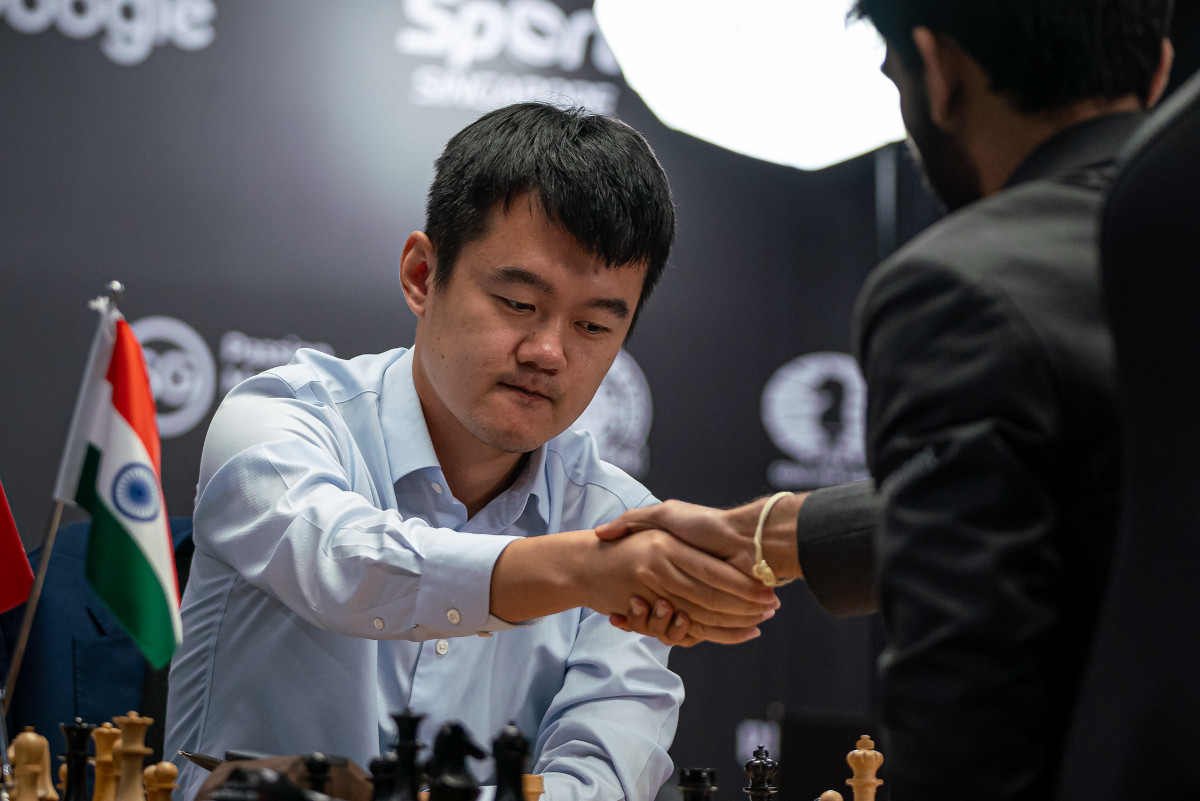A "golden game" coming
In two days' time, at the most, we will know whether Ding Liren retains his title as world chess champion or Gukesh D becomes the youngest player ever to claim the crown. In the key game 13, Ding managed to secure a draw from a difficult position, with the score remaining tied at 6½-6½. Gukesh, playing white, created significant pressure out of a French Defence but was unable to capitalise on his advantage. On Thursday, Ding will have the white pieces in what he described as a "golden game".
Before the match began, many pundits believed that Gukesh might win the match without the need for all 14 games, similar to Magnus Carlsen's victory against Ian Nepomniachtchi in 2021. This expectation was fuelled by Ding's struggles on and off the board since winning the title in 2023. However, Ding's resilient play in Wednesday's game proved he had prepared mentally and strategically for the challenge.
Gukesh approached the game with confidence, opting for 1.e4 for only the third time in the match. Ding responded with the French Defence, as in games 1 and 5 (Ding won game 1 and got good chances in game 5). This time, Gukesh unveiled what he later described as a "cool idea" playing the quiet but subtle 7.a3
The pawn push forced Ding into deep thought, spending 17 minutes on 7...Be7 and a further 37 minutes on his eighth move. In fact, Ding confessed that he had felt "confused" about his opponent's "tricky idea" of delaying f4. Thus, Gukesh emerged from the opening with a better position and a significant advantage on the clock.
A pivotal moment came on move 12, when Gukesh played 12.Nge2 instead of the more aggressive 12.Qg4. Still, his positional approach with 12.Nge2, followed by 13.0-0 and 14.Nc3, allowed him to maintain a comfortable edge.
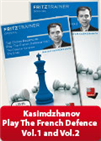 In this two-volume video course former world-champion and startrainer Rustam Kasimdzhanov shows you the ins and outs of this hugely complex opening.
In this two-volume video course former world-champion and startrainer Rustam Kasimdzhanov shows you the ins and outs of this hugely complex opening.Meanwhile, Ding struggled to develop his light-squared bishop, the perpetual weakness of the French Defence, as Gukesh's threats mounted.

Game 13 in progress | Photo: FIDE / Eric Rosen
Realising the importance of his opportunity, Gukesh began to spend considerable time from move 16, searching for the best plan to convert his advantage. The tension escalated as Gukesh continued to improve his pieces. By move 31, however, Gukesh made the critical mistake of playing 31.Ne4 instead of the stronger 31.Rxe8+ Qxe8 32.Ne4, which would have given him a decisive edge.
Gukesh's mistaken move order allowed Ding to defend with 31...Rf8, a move he later described as a relief. In fact, his initial intention of playing 31...Rc7 in this variation would have led to disaster after 32.Nf6+
From this point, Ding demonstrated remarkable defensive technique despite being in severe time trouble. He navigated to the time control with accurate play, reaching a queen and rook endgame by move 43. The position was objectively drawn, but Ding had to defend precisely until move 68 to secure the result. Gukesh's early advantage had slipped away, leaving the score tied heading into the final classical game.
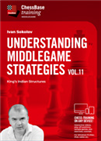 This course will enhance your understanding of the King’s Indian Defence. Perfect for anyone looking to improve their opening strategy, reduce mistakes, and develop a winning game plan.
This course will enhance your understanding of the King’s Indian Defence. Perfect for anyone looking to improve their opening strategy, reduce mistakes, and develop a winning game plan.The stage is now set for a dramatic conclusion on Thursday. Fatigue and nerves will undoubtedly play a role in the deciding encounter. Should another draw occur, the World Chess Championship will be decided in rapid tiebreaks on Friday.

Draw agreed | Photo: FIDE / Eric Rosen
Gukesh ½ - ½ Ding
Analysis by André Schulz
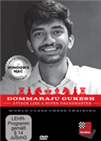 In this Fritztrainer: “Attack like a Super GM” with Gukesh we touch upon all aspects of his play, with special emphasis on how you can become a better attacking player.
In this Fritztrainer: “Attack like a Super GM” with Gukesh we touch upon all aspects of his play, with special emphasis on how you can become a better attacking player.
Dommaraju Gukesh | Photo: FIDE / Eric Rosen

Richard Rapport, Ding Liren's second | Photo: FIDE / Eric Rosen
Games
Schedule
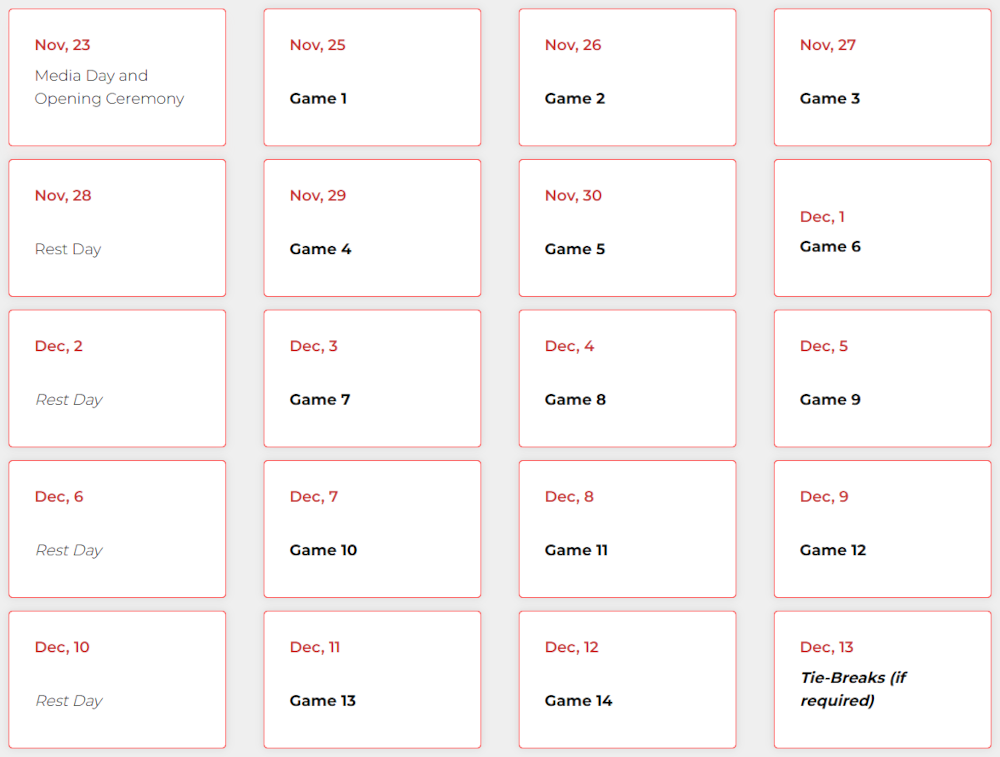
Links
